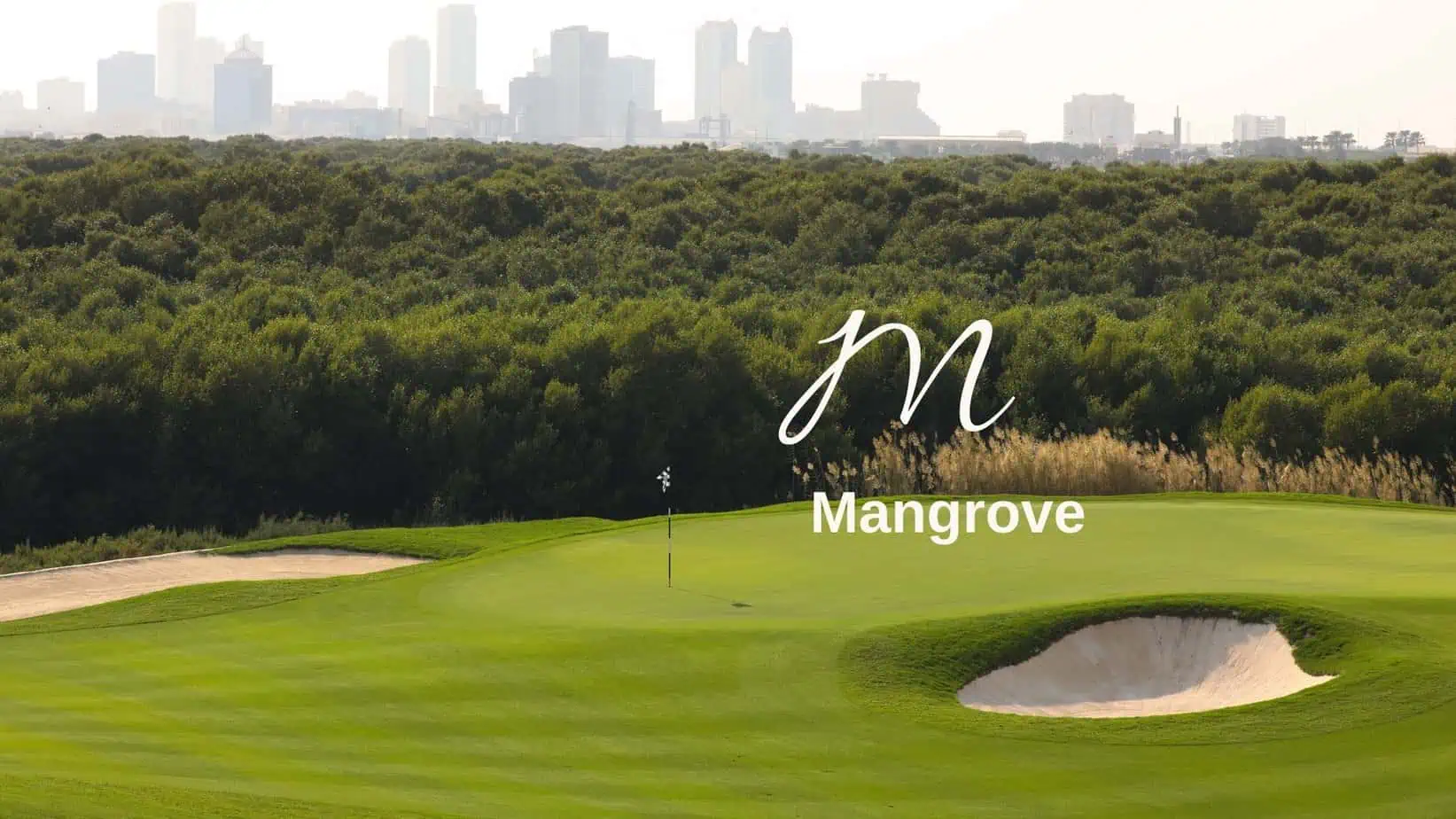Biodiversity Lexicon:M for mangrove
Mangroves are among the most fascinating ecosystems on earth. Golfers are only familiar with them if they are at home in tropical or subtropical areas or have already been on vacation there. Mangroves are found in places where fresh and salt water flow into each other. Characteristic of these unique habitats are the salt-tolerant mangrove trees, whose root systems extend far into the water and form dense, almost impenetrable forests. Worldwide, mangroves cover around 150,000 square kilometers – an area that has shrunk drastically in recent decades.
Mangroves play a key ecological role. Their roots act as natural breakwaters and protect coastal regions from storm surges, erosion and tsunamis. At the same time, they form nurseries for countless species of fish, crabs and mussels, which find protection from predators in the tangle of roots. Seabirds and migratory birds also use mangroves as breeding and resting areas. The biodiversity is enormous: numerous specialised species are directly dependent on this habitat.
Mangroves are also valuable carbon reservoirs. They store large amounts of CO₂, both in their biomass and in the muddy subsoil. Studies show that mangrove forests can store up to four times more carbon per unit area than tropical rainforests. Their protection and reforestation therefore make a decisive contribution to climate protection.
Subscribe to our newsletter!
News & trends about sustainability in golf
Mangroves have always been important to humans. Coastal communities use them as a source of wood, medicinal plants and food. At the same time, the ecosystem services provided by mangroves – such as coastal protection and an abundance of fish – secure the livelihoods of millions of people worldwide.
But the future of mangroves is under threat. Coastal development, intensive aquaculture, deforestation, and the consequences of climate change have led to the loss of more than a third of the world’s mangrove areas in recent decades. Therefore, international conservation programs, reforestation projects, and sustainable coastal planning are of central importance in preserving these valuable ecosystems.
More and more golf courses in the vicinity of mangroves are making the protection of the systems an important task and maintaining the habitats. Replanting campaigns are often carried out with school classes or volunteers.







